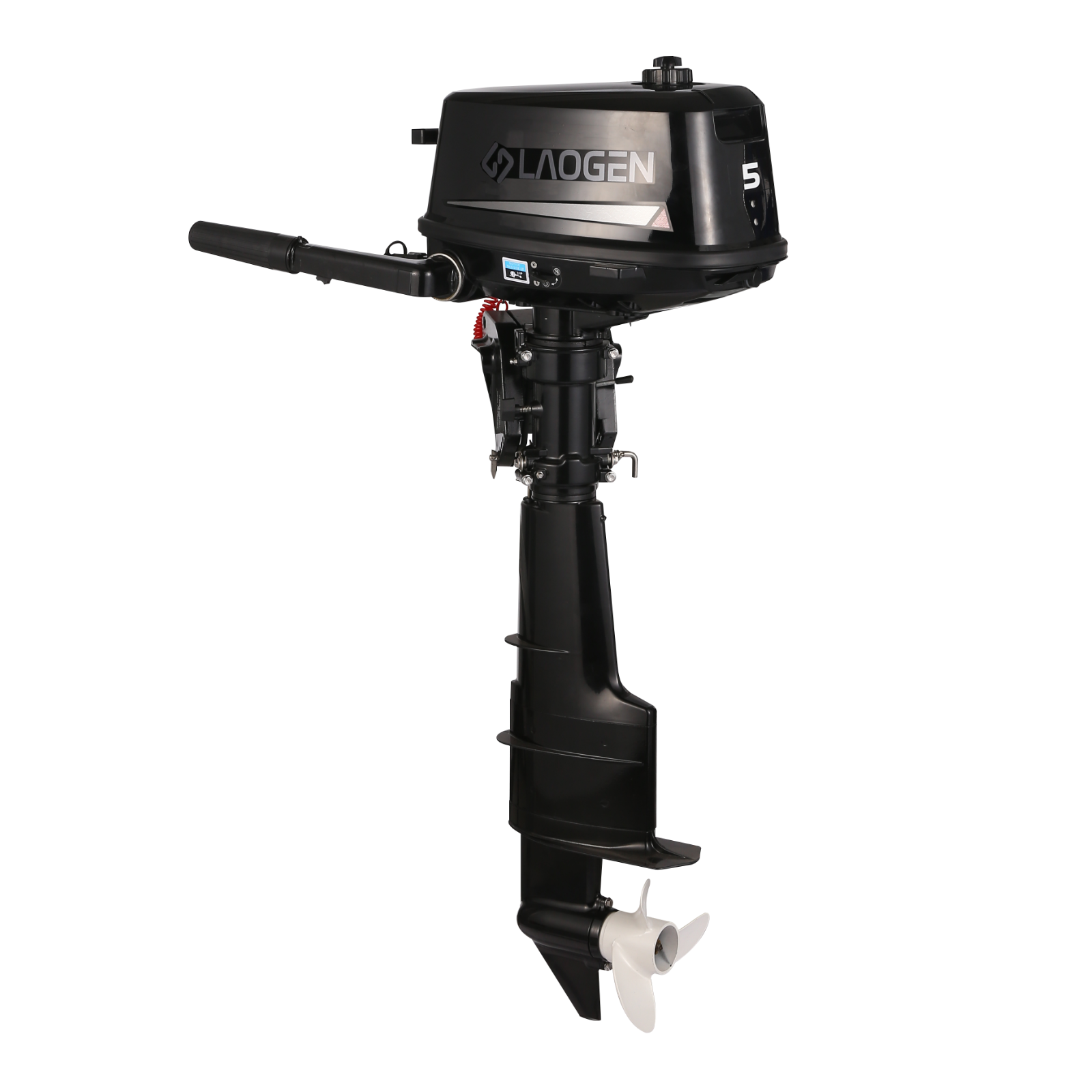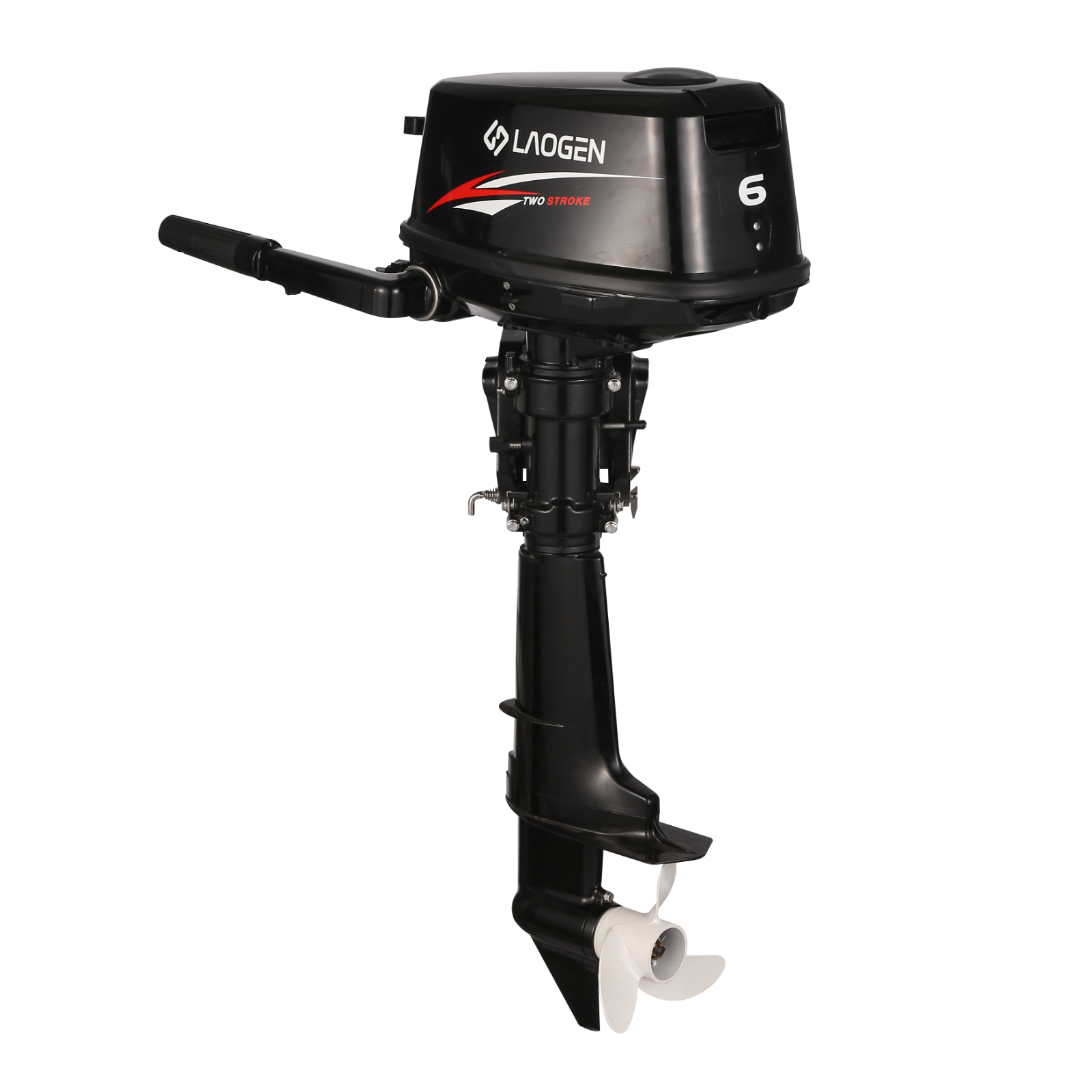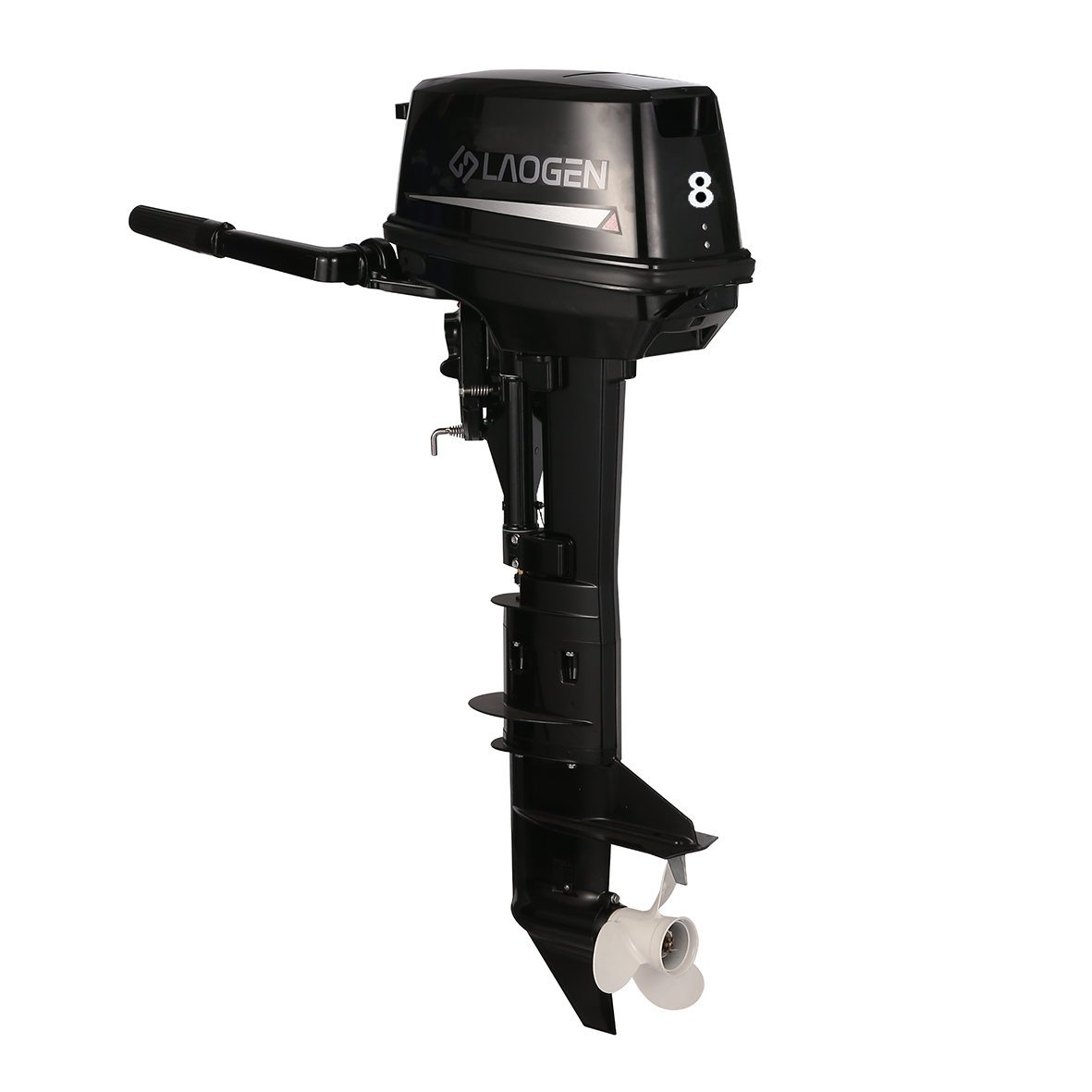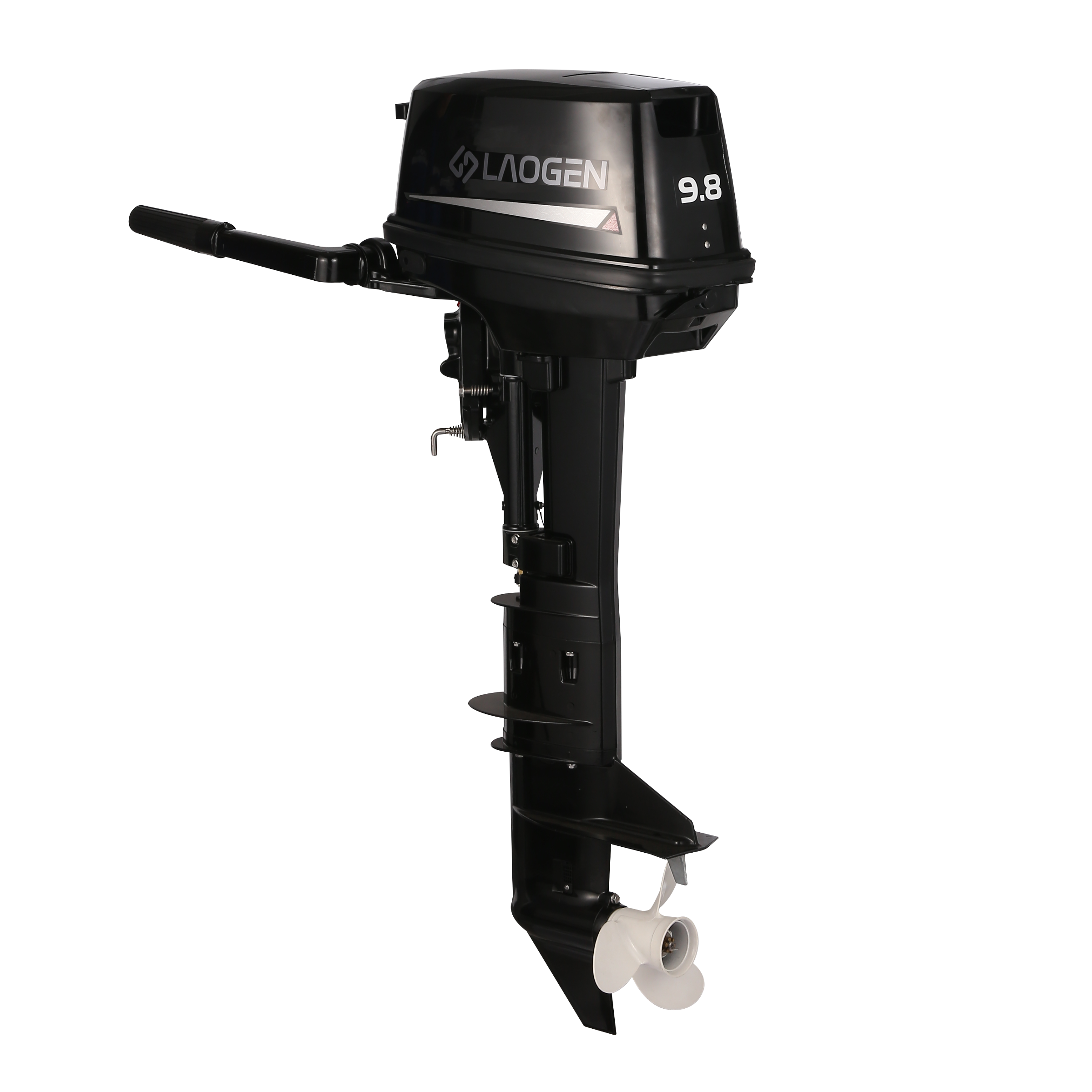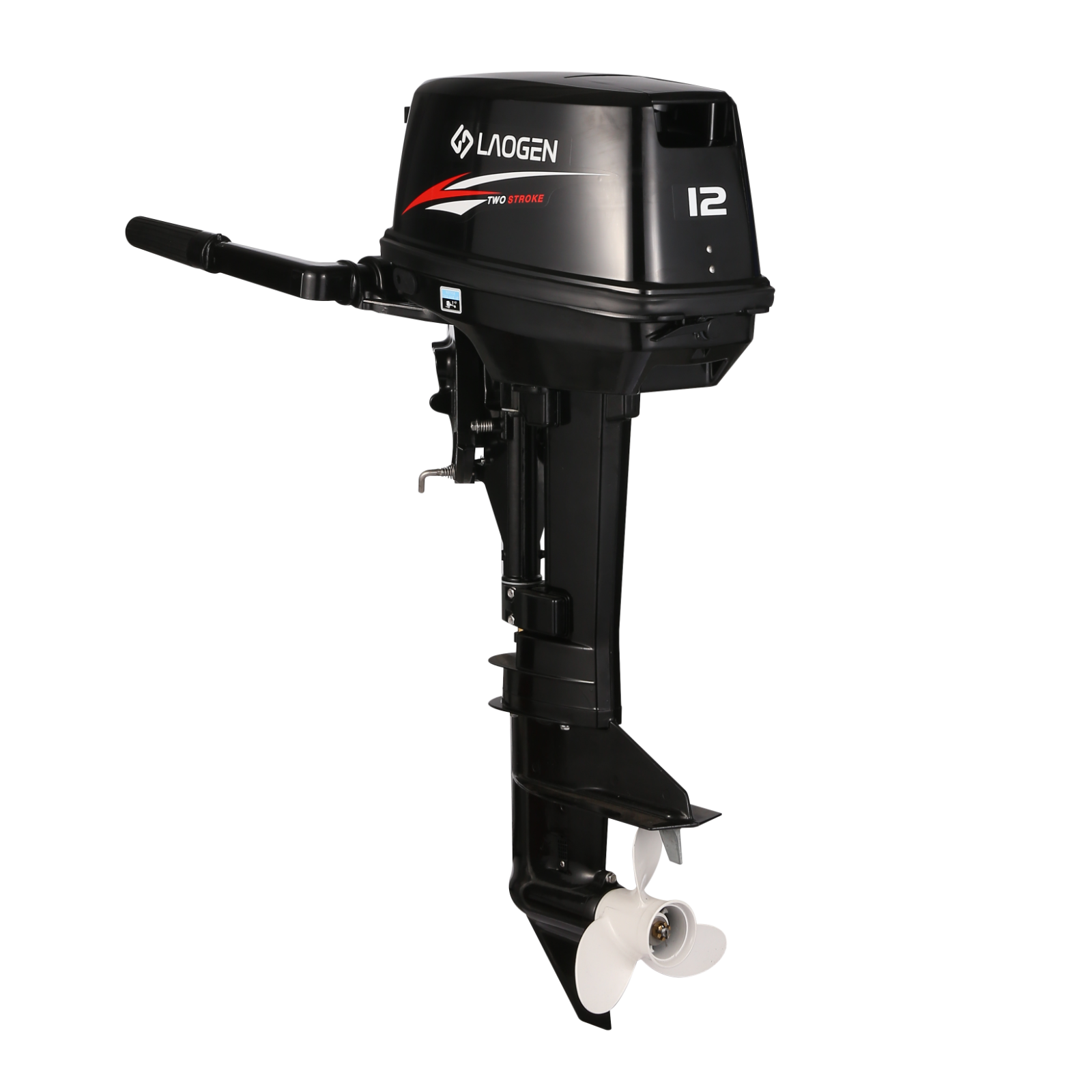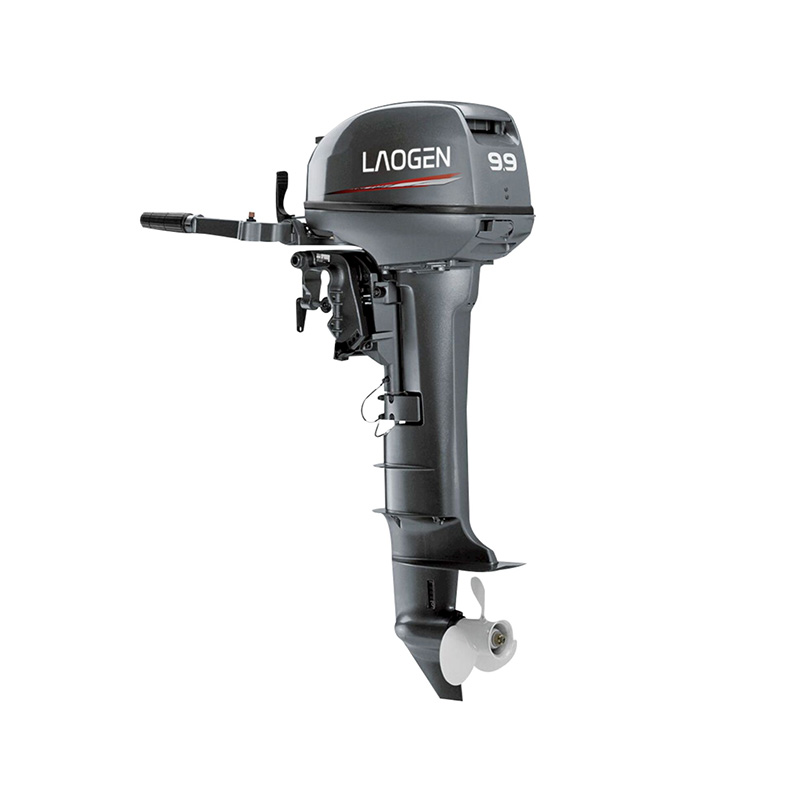Growth In Recreational Boating Drives Interest In 2 Stroke Outboard Engines
Recreational boating has seen a steady rise over recent years, with more individuals and families seeking ways to enjoy water-based leisure activities. This growing trend is influencing various segments of the marine industry, particularly the market for small engine propulsion systems. Among these, the 2 stroke outboard motor is attracting renewed attention due to its compact structure, straightforward design, and practical power output.
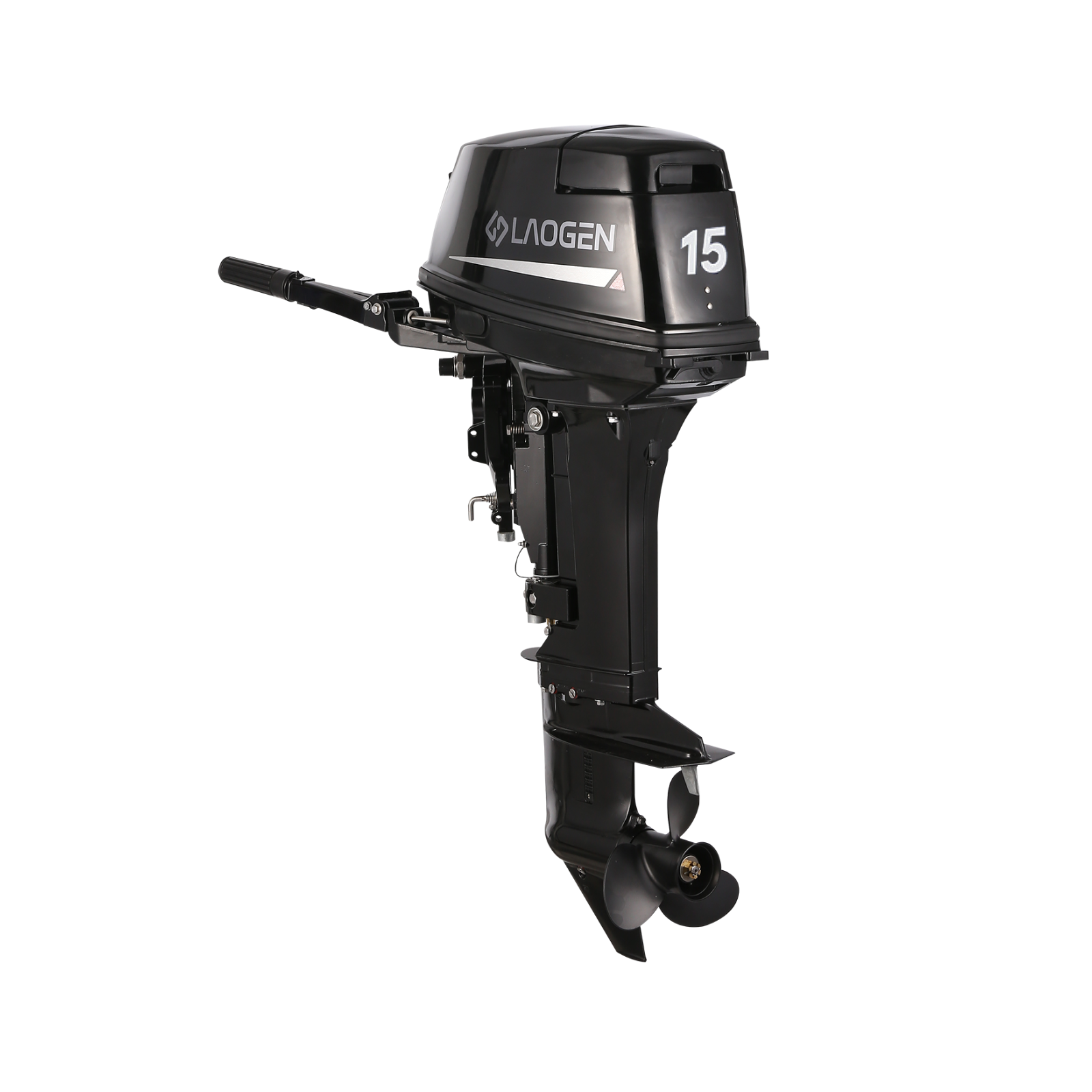
As people invest in personal watercraft such as inflatable boats, fishing dinghies, and small sailboats, the demand for simpler propulsion systems increases. The Outboard Motor 2 Stroke stands out in this regard, offering an approachable solution for both novice and experienced boaters. Its mechanical simplicity appeals to hobbyists looking for ease of use and straightforward maintenance routines without requiring complex tools or advanced mechanical knowledge.
The revival of interest in the 2 stroke outboard motor is not only driven by convenience but also by practicality. Boaters exploring coastal areas, rivers, and lakes often prefer engines that are easy to carry, install, and remove. The lightweight nature of the Outboard Motor 2 Stroke makes it particularly suited for these scenarios, especially for those who transport their vessels frequently or use them in remote locations where facilities may be limited.
Another factor contributing to the renewed interest is affordability. Compared to other engine types, the 2 stroke outboard motor can be more cost-effective, especially in lower horsepower ranges. This makes it an attractive option for recreational users who want a reliable power source without a significant upfront investment. For many, it strikes a balance between performance and accessibility.
In terms of performance characteristics, the Outboard Motor 2 Stroke is known for providing a fast response to throttle input and capable torque output at lower RPMs. While newer technologies have introduced alternative engine types, the straightforward operation of a 2 stroke outboard motor remains appealing to many who prioritize functionality over advanced features. For activities such as short-distance cruising or freshwater fishing, these engines provide adequate performance to meet everyday needs.
Environmental regulations have prompted changes in how these engines are designed and manufactured. Modern iterations of the Outboard Motor 2 Stroke now incorporate cleaner combustion technologies and improved fuel mixing systems. These updates aim to reduce emissions and increase fuel efficiency while maintaining the engine's core simplicity. This evolution allows the 2 stroke outboard motor to stay relevant in today’s market without drastically altering its fundamental design principles.
Manufacturers are also responding to consumer feedback by offering more size and power options within the 2 stroke category. Users can now select from a wider range of engines to suit their boating style and vessel size. Whether used for solo lake trips or weekend family outings, a 2 stroke outboard motor offers versatility across various boating environments.
As recreational boating continues to expand globally, more attention is being placed on equipment that enhances the overall experience. The Outboard Motor 2 Stroke remains a practical choice for those looking to navigate smaller watercraft with confidence. Its consistent performance, ease of handling, and approachable maintenance make it a valuable component of the recreational boating toolkit.
The role of the 2 stroke outboard motor in the marine leisure sector is likely to remain significant. While technological innovation will continue to reshape engine design, there is a clear space for compact, functional, and straightforward solutions. With a growing number of individuals seeking time on the water, the Outboard Motor 2 Stroke stands as a dependable option in a changing but enduring tradition of recreational boating.


 English
English русский
русский


